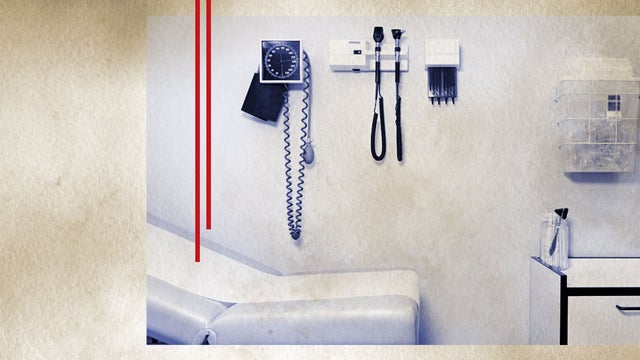In the News
Independent dispute resolution offers the best solution to surprise medical billing
Washington,
October 30, 2019
Patients who visit the emergency room or require a surgical procedure are already under stress. Most patients do their best to act responsibly and visit providers covered by their insurance. However, too often there is another source of stress: surprise medical bills. As medical doctors, we came to Congress because we wanted to enact patient-centered health care reforms. That’s why we believe we must enact legislation that protects patients from billing disputes between insurers and providers and support President Trump’s call to end surprise medical billing. What needs to be resolved in order to send this legislation to the president’s desk is how the resulting bill gets settled. We believe that the best way to protect patients from surprise medical bills is through an independent dispute resolution (IDS) system based on a proven New York State law. Under our preferred solution, patients are held harmless and providers and insurers are left to resolve the charge for the dispute. If the parties can’t resolve the bill, they go to the IDS process and the loser pays the court costs – a significant incentive for both sides to settle the claim. With nearly five years of data, New York’s system is proven to work. Reports indicate that New York’s surprise bills have declined by 34 percent, with no evidence that premiums have increased in spite of concerns from the law’s opponents. This system is fair to everyone, and a fair price is usually agreed upon long before reaching the IDS process. In New York, fewer than one percent of all out-of-network claims end up in the IDR process, and as of October 2018, 618 decisions favored the insurer and 561 favored the provider. This solution does not favor either side in billing disputes, unlike the proposals to exclusively set a federal benchmark. Others propose simply paying providers at a local in-network median rate. Supporters of this approach claim this will ensure providers receive a rate that results from free-market negotiations. As providers, we disagree because of our real-world experience. With a benchmark-only solution, there will be no real negotiation between providers and insurers over in-network rates. Instead, insurers will be incentivized to make take it or leave it offers of below market rates and to cancel contracts with providers who refuse to accept their offer in an effort to drive the benchmark rate down as low as possible. Americans already dislike the limited choices of hospitals, physicians, and other providers available to them in the narrow networks that health insurers have created in the wake of ObamaCare, and a benchmark-only solution will only lead to even narrower networks in the future. No other American would accept being stripped of their right to negotiate for their services, why should health care providers? The California Medical Association describes how a California benchmark law has eliminated the bargaining power of physicians, stating, “As a result, insurers are terminating long-standing contracts with physicians, and therefore, patient access to physicians is diminishing, and out-of-pocket costs will increase. California premiums continue to rise.” This problem is amplified in rural America, where artificially-low Medicare Area Wage Index has already led to numerous rural hospital closures across the country. Further fixing reimbursement rates will only accelerate the loss of rural hospitals and decreased access to care for rural America. Opponents of an IDS system cite Congressional Budget Office estimates that show a benchmark rate will save more money than any proposal that includes an IDS component. While we understand the professionals at CBO have a hard job to do, we believe there are serious flaws in their analysis of the New York law, which did not appear to take into account the real-world data that has been produced. Furthermore, we think one of the biggest problems with health care today is the creation of complex, artificially-constrained payment formulas all to fit inside a budget, instead of trying to develop sound policy focused on what is best for patients. There is ample evidence an IDS approach works, is easy to understand, and is fair to everyone. But don’t take our word for it. Because of New York’s success, state legislatures in Washington, Texas, and Connecticut are all passing their own laws based on that model, with more legislatures sure to consider this approach. One thing is clear: we can’t afford to let this opportunity to slip away. Patients deserve the peace of mind that they won’t walk to the mailbox to find a surprise bill awaiting them, and we are fully committed to getting this patient-centered reform across the finish line. Bucshon is a member of the Energy and Commerce Committee and Roe is co-chair of the GOP Doctors Caucus. Reps. Larry Bucshon (R-Ind.) and Phil Roe (R-Tenn.), Opinion ContributorThe Hill |

